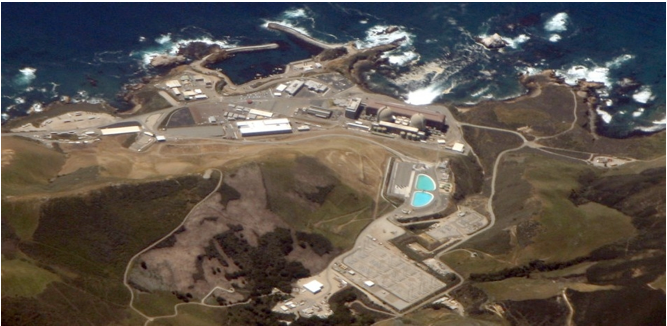CommentsCLEAN ENERGY PROGRESS-When PG&E retires its two Diablo Canyon nuclear reactors in 2024 and 2025, the electricity they generate will be replaced with gains in energy efficiency, renewable power, and pollution-free energy technologies. For years, some have claimed that we can’t fight climate change without nuclear power, because shutting down nuclear plants would mean burning more fossil fuels to generate replacement electricity.
That’s wrong, of course, and now we have the proof.
Today, California’s Pacific Gas and Electric became the first power company to announce plans to replace an aging nuclear reactor with sound investments that make us more energy efficient and help us get more clean power from the wind and sun. The announcement was part of a joint proposal negotiated with help from NRDC and Friends of the Earth, since joined and improved on by labor and other environmental groups.
When PG&E retires its two Diablo Canyon nuclear reactors, in 2024 and 2025, the electricity they generate will be replaced with gains in energy efficiency, renewable power, and pollution-free energy technologies.
Closing California’s last nuclear power plant will also make the state’s grid more flexible, so more renewable energy can power California’s businesses and homes. And all of this will cost less than keeping Diablo Canyon open for another 20 years after its current Nuclear Regulatory Commission licenses expire, ultimately saving customers more than $1 billion.
The people at PG&E understand the promise of a clean energy economy and how this forward-looking plan will lead to lower utility bills for its customers. It’s a tribute to what can be accomplished when we rally together around a common goal. What’s more, this plan is a model that can be replicated around the country, where nearly 100 nuclear reactors will retire in the coming decades, and around the world.
Right now, America’s nuclear reactors provide about 20 percent of our electricity nationwide. The U.S. Department of Energy tells us that by 2050 we can get nearly two thirds of our electricity from the wind and sun, while efficiency gains ensure that we do more with less energy waste.
We’re on our way. Last year, 62 percent of all the new electric-generating capacity installed in our country was powered by solar or wind, and growth in electricity use has slowed dramatically since 2000, thanks largely to energy efficiency improvements.
The joint proposal -- subject to approval by state and federal regulators -- shows how we can keep the momentum going, and that’s what it’s going to take to protect future generations from the growing dangers of climate change.
Last year was the hottest since global recordkeeping began in 1880. This year is on track to be hotter still, with the hottest first five months of the year on record. And 19 of the hottest years on record have all occurred in the past 20 years.
We’ve got to cut carbon pollution today so our kids don’t inherit more climate chaos tomorrow. That’s why, last December in Paris, the United States led China, India, and more than 180 other nations to put real plans on the table for shifting away from the dirty fossil fuels driving climate change to cleaner, smarter ways to power our future.
The plan to replace nuclear reactors with efficiency gains and renewable power puts PG&E at the forefront of that global transition. It proves we can cut our carbon footprint with energy efficiency and renewable power, even as our aging nuclear fleet nears retirement. And it strikes a blow against the central environmental challenge of our time, the climate change that threatens our very future.
(Rhea Suh is president of the Natural Resources Defense Council (NRDC). This piece first appeared in CommonDreams.) Prepped for CityWatch by Linda Abrams.
Sidebar

 CityWatch Los Angeles
Politics. Perspective. Participation.
CityWatch Los Angeles
Politics. Perspective. Participation.
16
Tue, Apr













